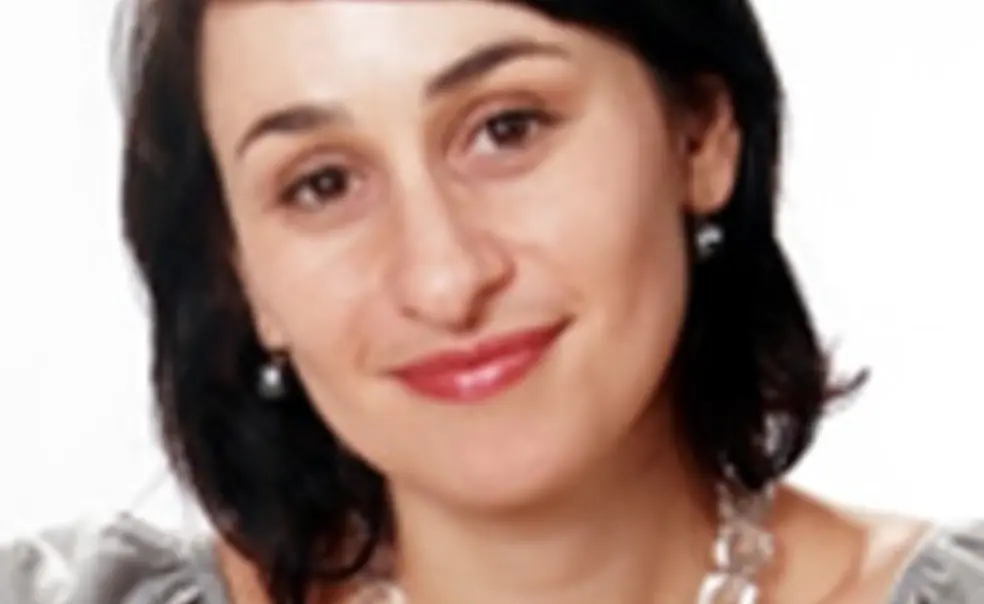Bleichmar *05 explores travel, art, and science in Spanish Empire
Daniela Bleichmar *05 (Photo: Philip Channing)
New book: Visible Empire: Botanical Expeditions and Visual Culture in the Hispanic Enlightenment, by Daniela Bleichmar *05 (University of Chicago Press)
The author: Bleichmar, who earned a doctorate in the history of science at Princeton, teaches art history and history at the University of Southern California. She is a coeditor of Science in the Spanish and Portuguese Empires, 1500-1800 and Collecting Across Cultures: Material Exchanges in the Early Modern Atlantic World.
The book: The Spanish Crown of the late 18th century and early 19th century sent naturalists on botanical expeditions to survey the plants and flowers of its imperial territories and collect specimens for Madrid’s Royal Botanical Garden and Royal Natural History Cabinet. The naturalists took artists with them on these expeditions — making illustrations of the flora a part of science. Bleichmar examines the images of flora that were produced, which “have received scant attention” by historians of science and art historians, she writes. Her study “is an attempt to understand not only the meanings of the images, written words, and collections that emerged from such travails, but also the reasons for their creation.”
From chapter one: “In 1790, the Spanish artist José del Pozo drew a self-portrait in Patagonia, where he had traveled as a member of the Spanish scientific expedition commanded by naval officer Alejandro Malaspina between 1789 and 1794. This wash drawing is remarkable as a rare representation of eighteen-century traveling naturalists and artists at work in the field. … The Malaspina expedition employed three naturalists and nine artists who, as the drawing suggests, worked closely together. This team created about a thousand drawings of various kinds intended for imperial administrators and institutions back in Madrid.”
Review: A critic for Science magazine called the book “lavishly illustrated and lucidly written.” Bleichmar makes “beautifully clear” that the images from the expeditions “demonstrate the active scientific culture of Spain and its colonies in the 18th century as well as the intimate connection between visual culture and the pursuit of science in Enlightenment society. … Bleichmar's account provides insight into day-to-day science in the 18th century, gained primarily from the surviving correspondence of naturalists.”
Watch a video of Bleichmar discussing her book.














No responses yet